When starting home expansion and renovation projects, one of the spaces we always forget is the basement. Instead of breaking down walls or constructing new buildings why not invest in renovating the basement you already have? Basements are living spaces waiting to be used as kitchens, playrooms, or even an extra bedroom you could rent off as an apartment.
A basement renovation can be a daunting task to undertake whether you carry it out yourself or with the help of a professional. With a number of regulations to consider, it is helpful to know what you’re getting into before you start.
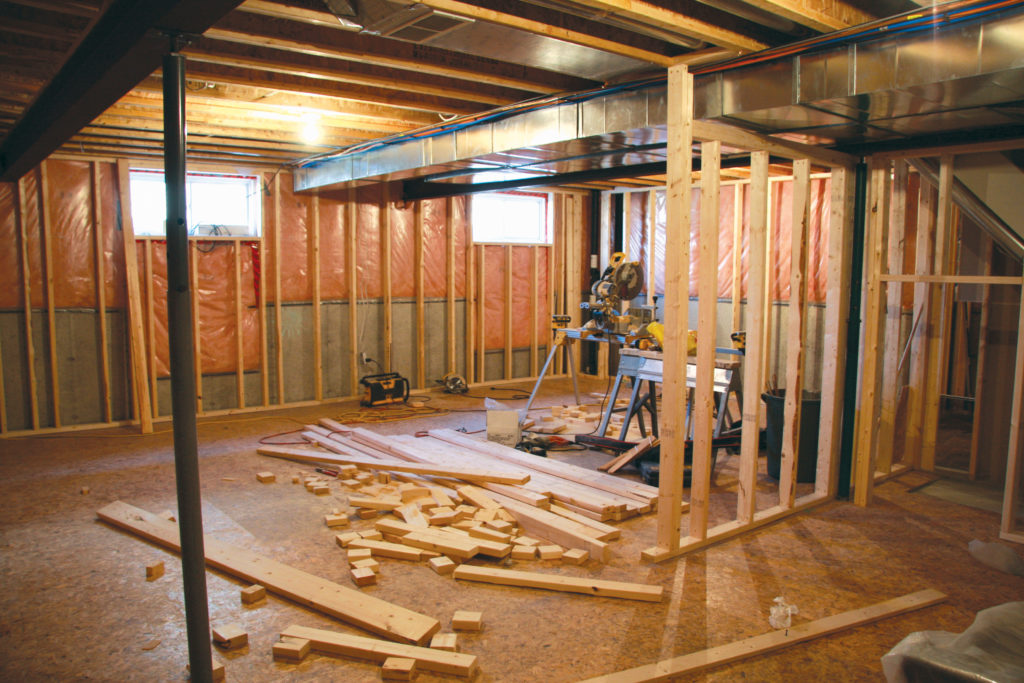
Dry it out
Eliminating all the moisture from your basement will help make the space more comfortable and protect your furniture and fixtures. If your basement is filled with significant moisture, and by this, we mean an actual pool of water, you’ll need to consult with a professional. But for less invasive moisture there are a number of easy DIY tasks you can carry out to cure water problems, such as: sealing cracks with special caulking, moving drains away from your walls, and even a good coat of water-lock paint can significantly reduce moisture.
Install an egress
Many homeowners like to side-step this task, but a well-placed egress can both save your life and improve the look of your room. The International Building Code requires that spaces have a means of egress that is fully accessible in case of an emergency. A good option for basements is to install a window that will be easily accessible and bring in some light. This will help your basement look less like a dungeon, as well as bring in some fresh air which could help with reducing moisture.
Plumbing
Whether you convert your basement into a laundry room, kitchen, or bedroom with its own ensuite bathroom, the plumbing connections of your basement need to be tested and properly installed to ensure the basement stays dry and, yes, yet again, free of any moisture.
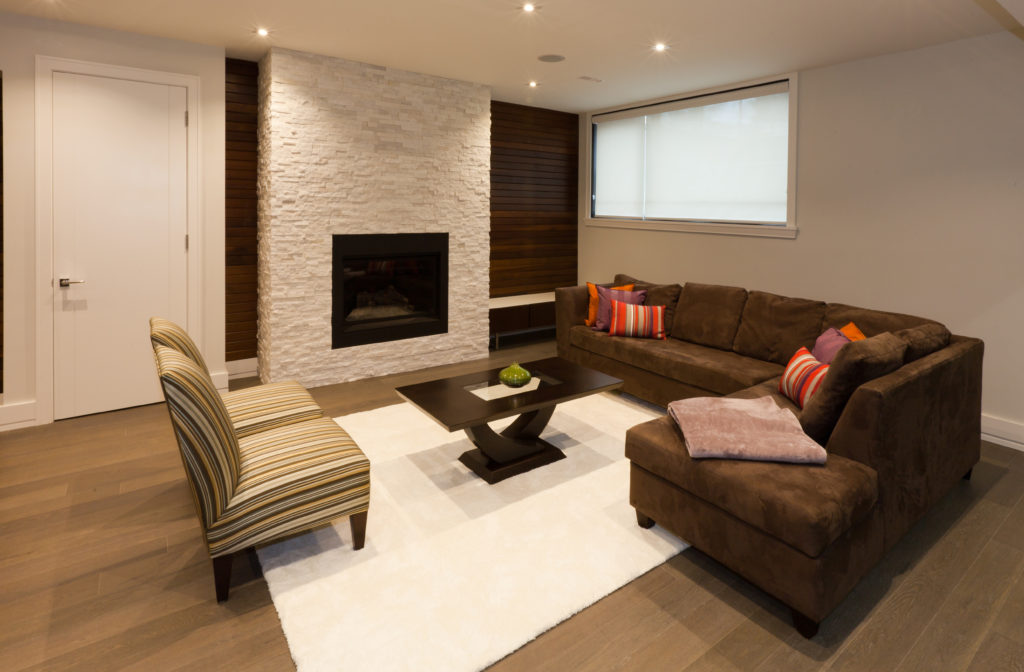
Creating the space
Once you’ve decided exactly what you’d like to do with your room, sit down and plan how many rooms you will need, and whether or not you need walls. Framing the walls is an important process that will mark off your new living spaces and provide you with skeletons to hold electrical wires and outlets. When these are finalized, drywall installation can start taking into account all your appliances.
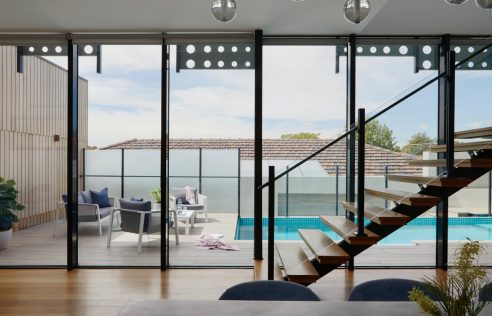
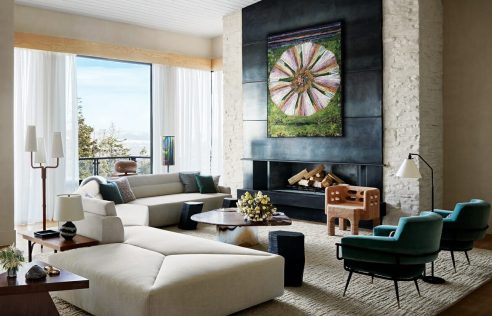
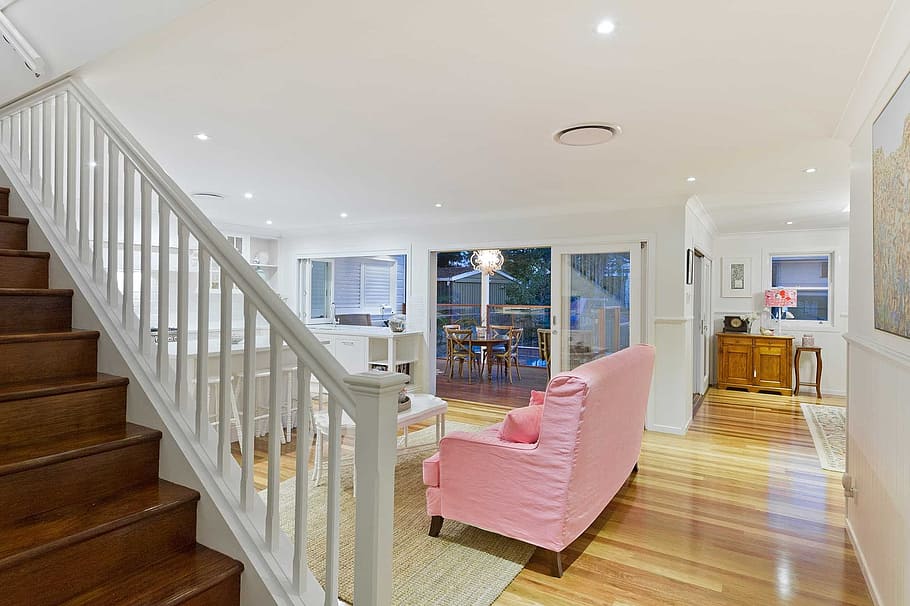
Thank you for sharing this. Very interesting article.